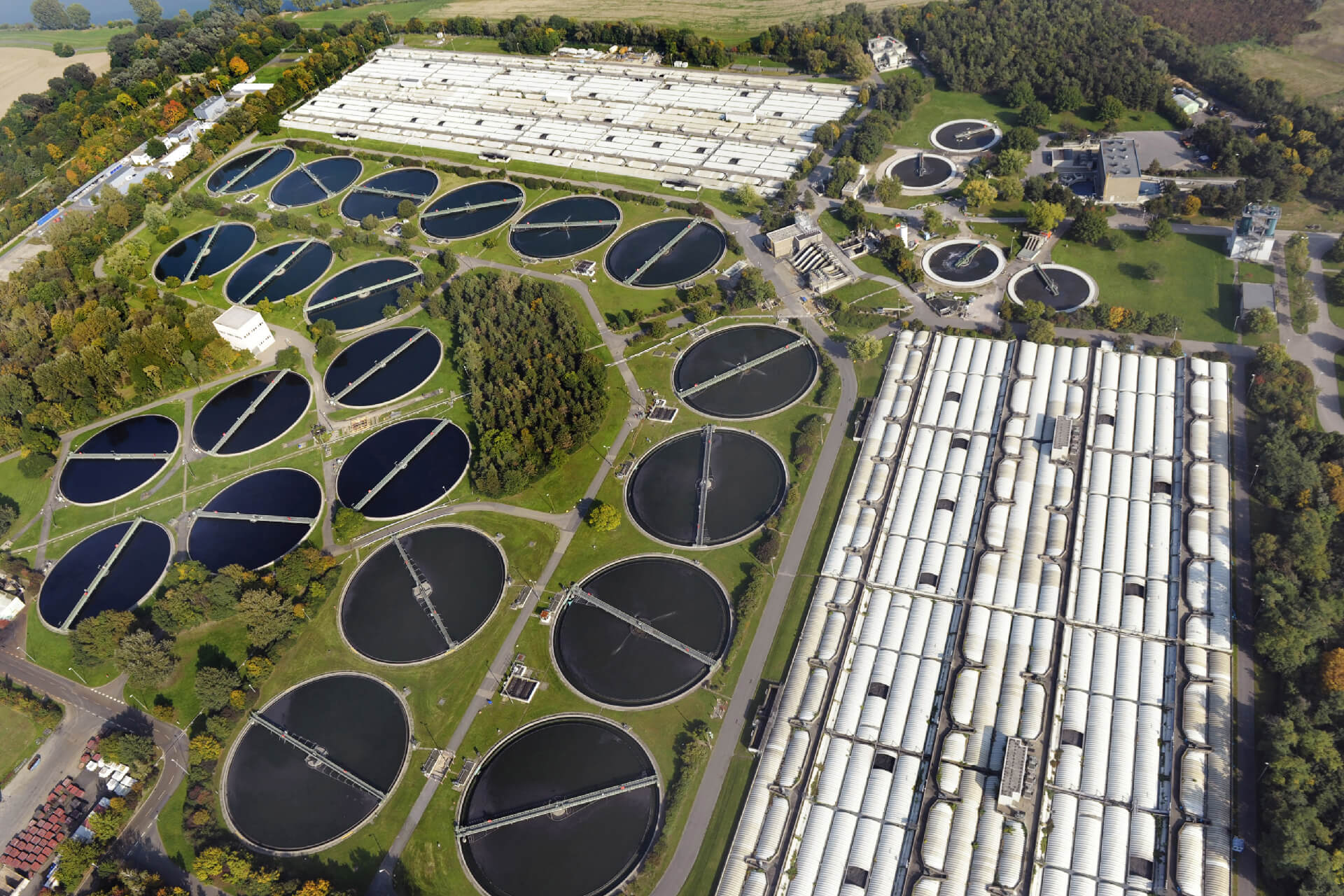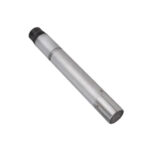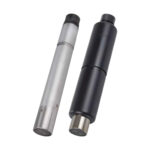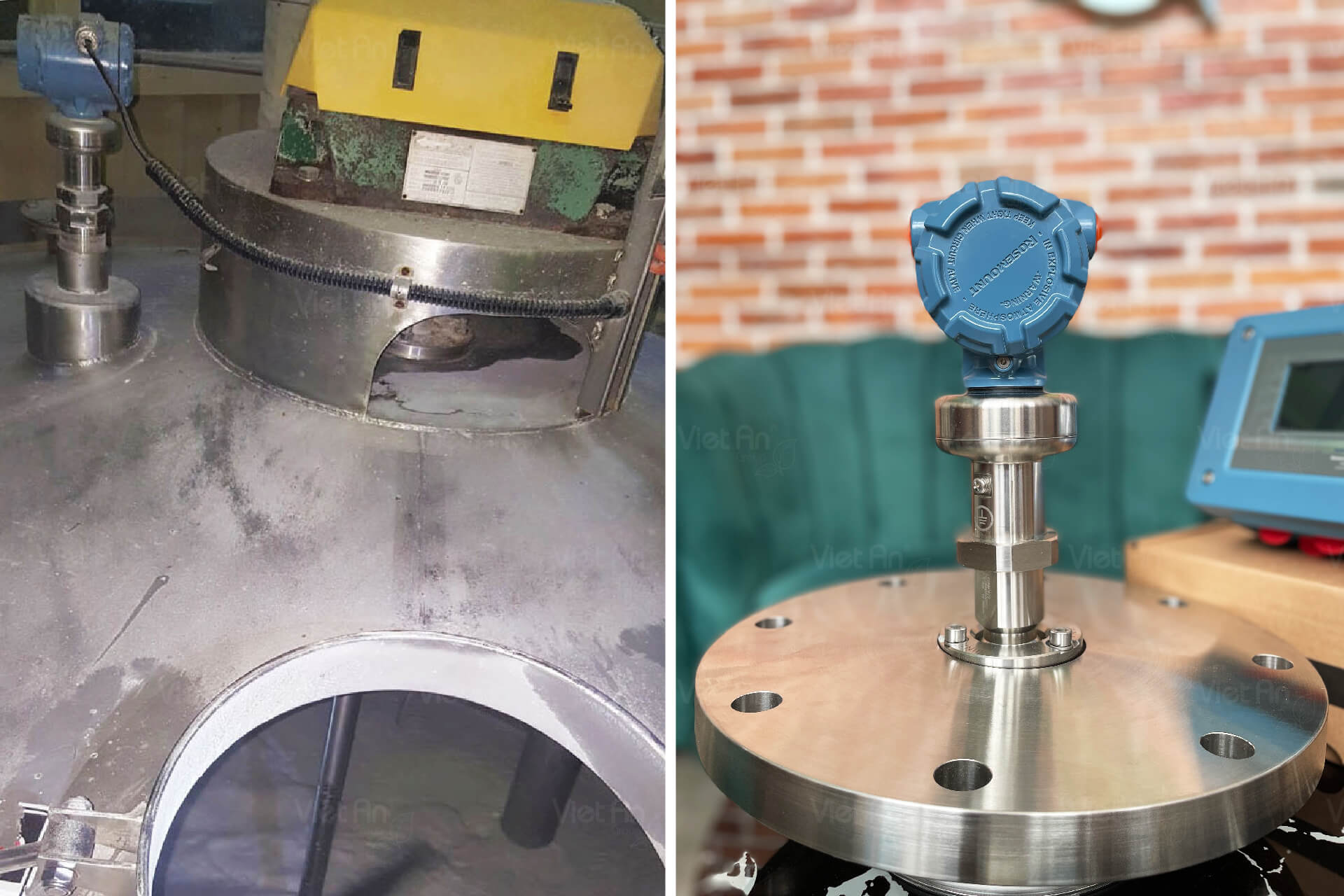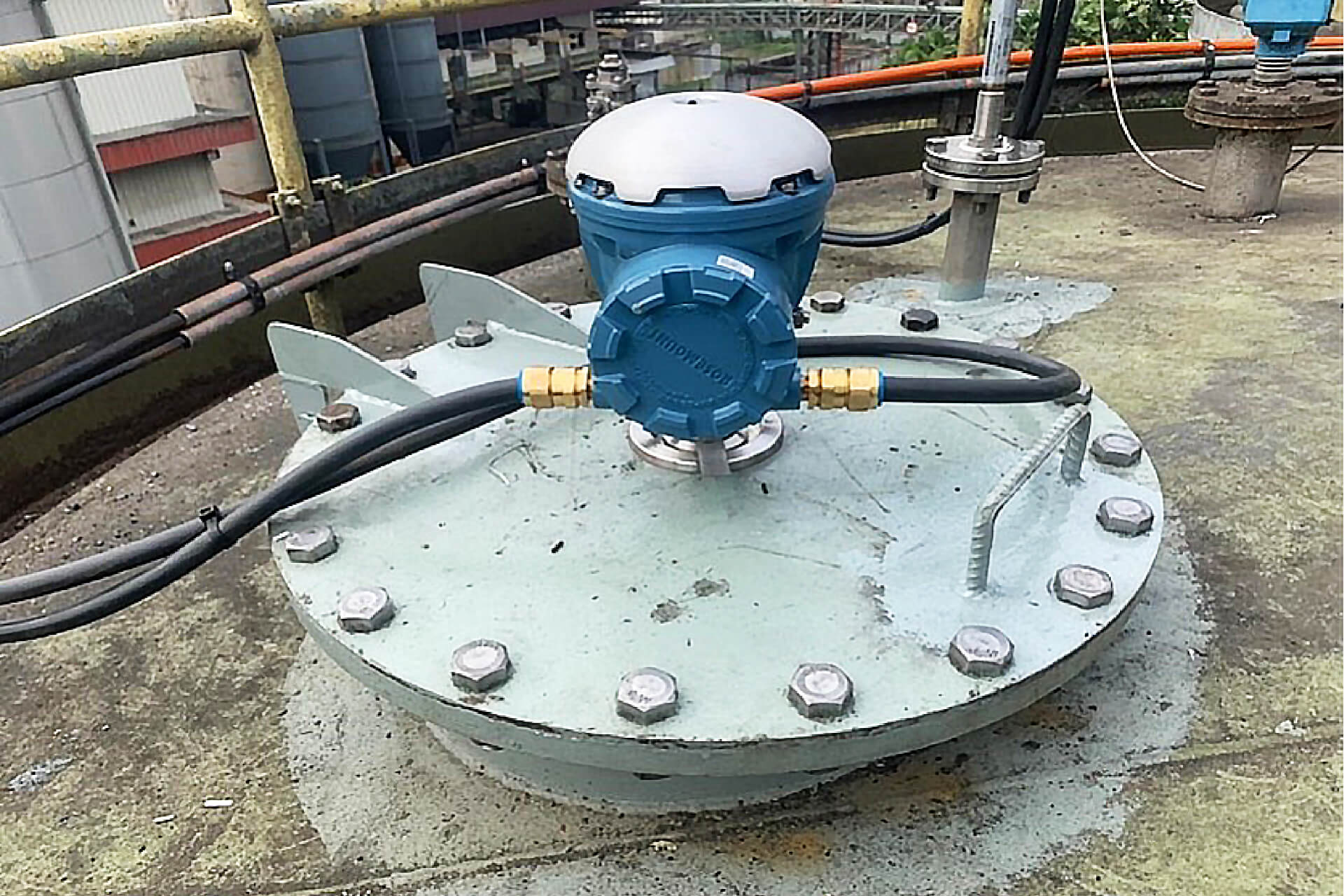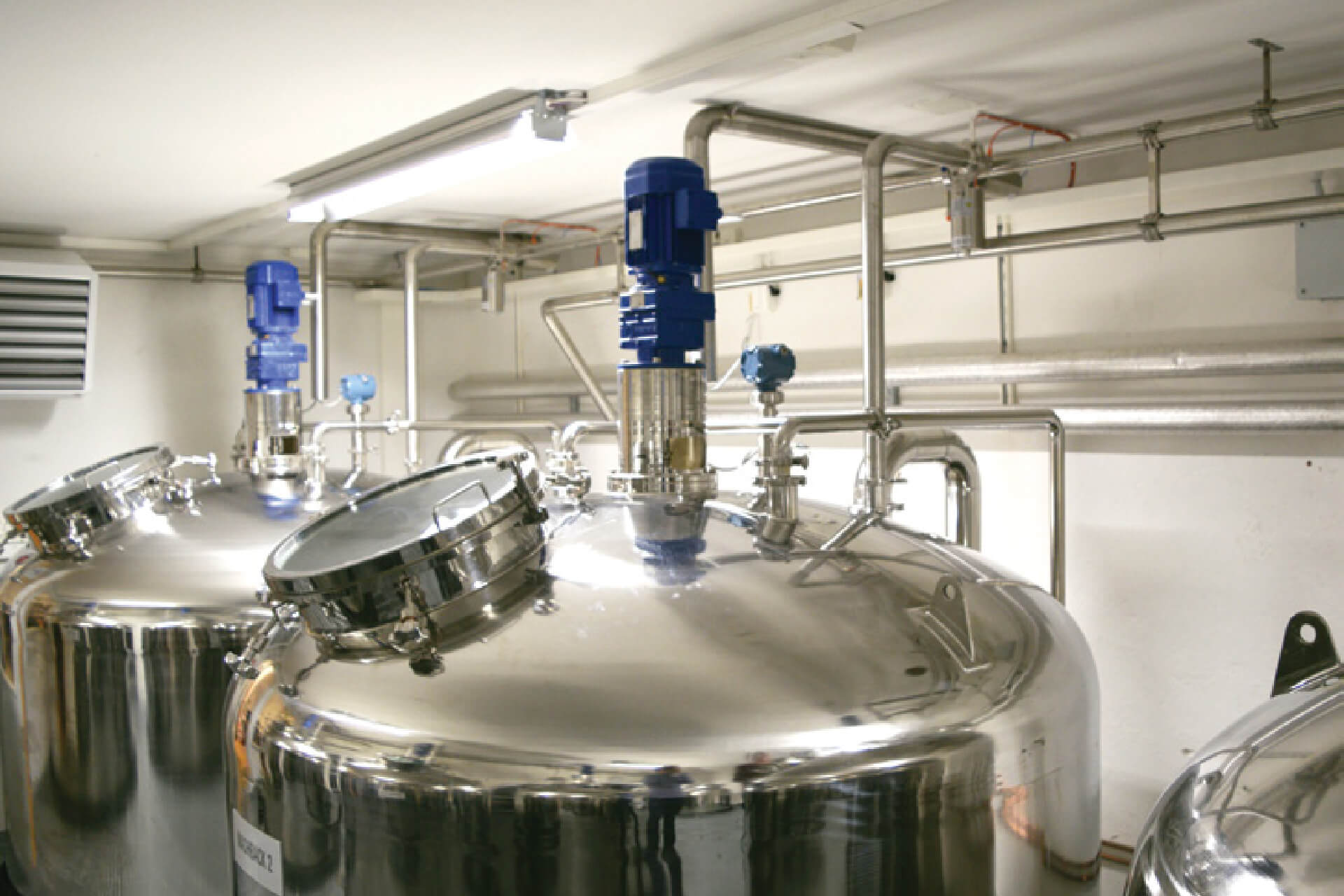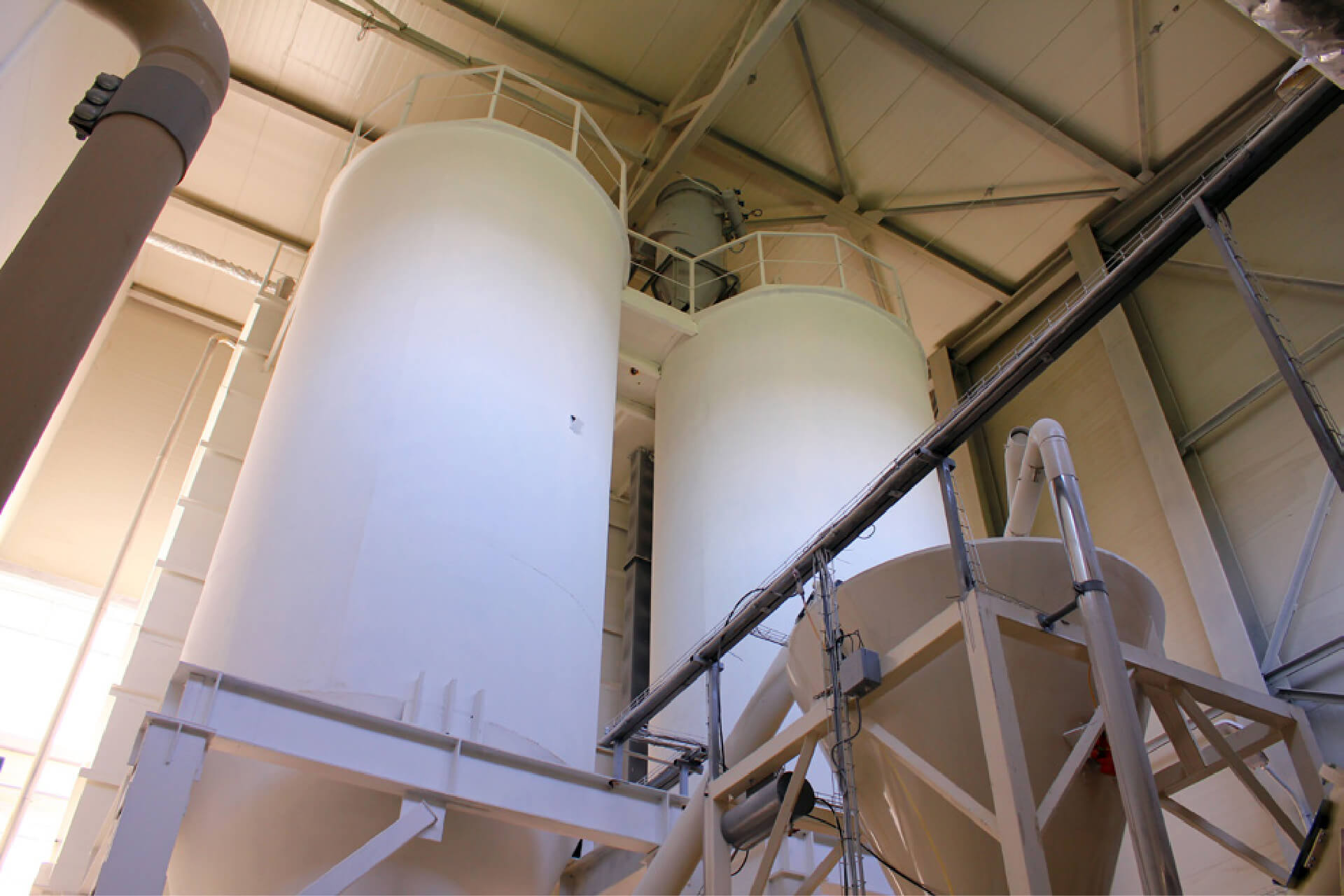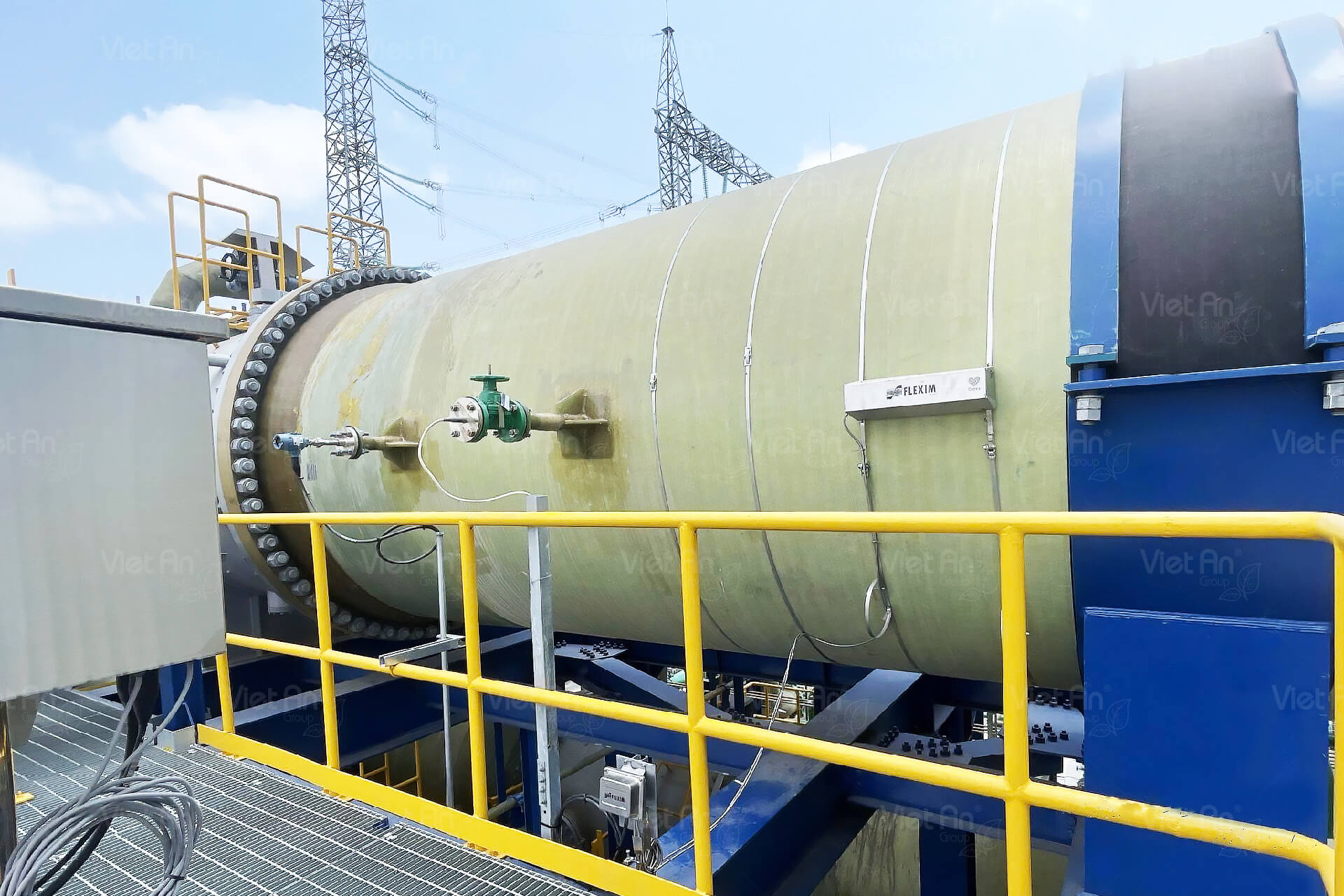Introduction to the BASF Wastewater Treatment Plant
The BASF wastewater treatment plant in Ludwigshafen, Germany, is one of the largest facilities of its kind in Europe, with a treatment capacity equivalent to serving a population of 6 million. Annually, the plant processes approximately 120 million cubic meters of wastewater, primarily from BASF’s production activities, with a small portion consisting of domestic wastewater from surrounding areas such as Ludwigshafen, Frankenthal, and Bobenheim-Roxheim.
Due to the nature of the wastewater, the influent at this plant is significantly more complex than that of facilities handling only domestic wastewater, making treatment processes more challenging. Stringent requirements for wastewater quality limits necessitate rigorous compliance, both in plant operations and in the performance of measurement instrumentation, to ensure effective monitoring and control of the treatment process.
Challenges in Measuring Wastewater Turbidity
Measurement Objectives: The plant requires turbidity measurement equipment to achieve the following primary goals:
-
Ensure optimal efficiency of the wastewater treatment process.
-
Promptly detect issues such as hydraulic overload or biological instability (e.g., abnormal biodegradation).
-
Provide accurate data to support effective monitoring and quality control of wastewater.
Measurement Location: The sensors are installed at the final effluent stage, following secondary mechanical sedimentation, and are placed in a 6-meter-deep well to ensure precise measurements.
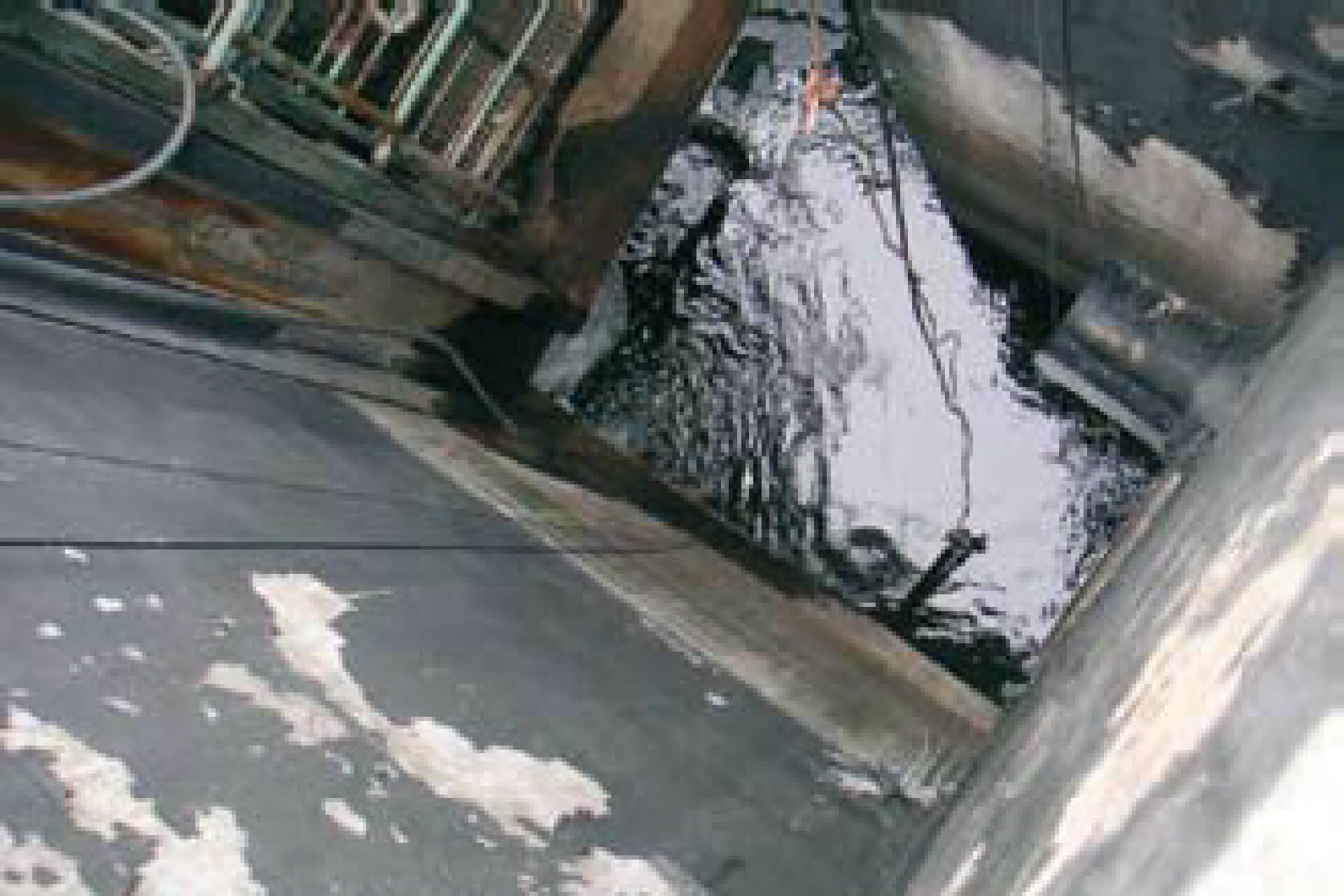
Challenges Encountered:
Biofouling: The wastewater at the BASF plant has a unique composition that promotes significant microbial growth. This leads to the formation of a biofilm layer on the sensor surface. The biofilm obstructs the optical window of the sensor, severely impacting the accuracy of turbidity measurements.
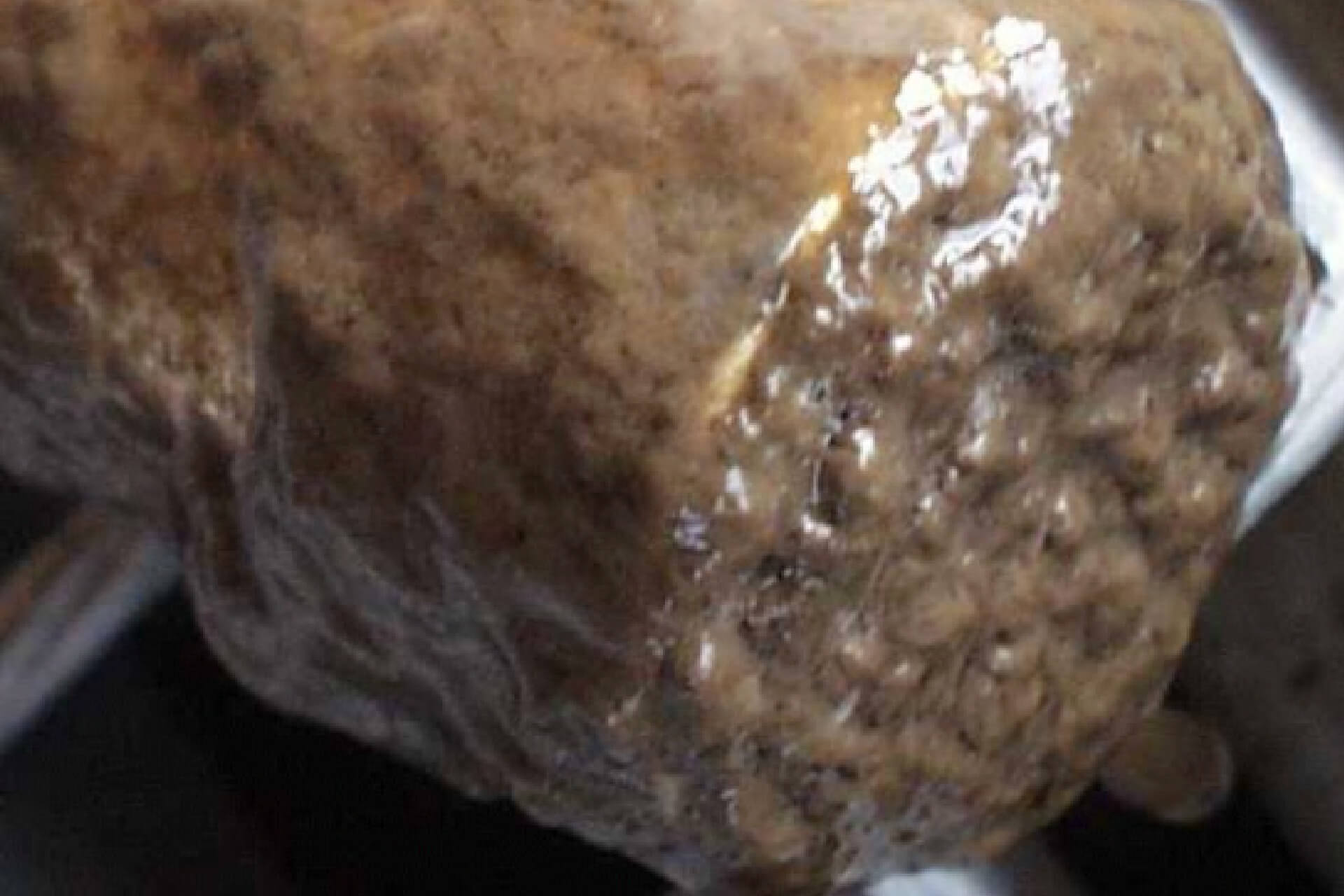
Precipitation of Lime: The wastewater contains a high concentration of lime, which, combined with the biofilm layer, forms hard, adherent scale that is difficult to clean. These deposits not only reduce the sensor's effectiveness but also pose significant challenges during maintenance.
Inefficiency of Mechanical Cleaning Systems: Sensors equipped with mechanical wiping mechanisms (wipers) fail to completely remove persistent scale buildup. As a result:
-
-
Sensors quickly become fouled, requiring near-daily manual cleaning.
-
Maintenance becomes costly, and the collected data is unreliable.
-
Solution: Turbidity Sensors with Ultrasonic Cleaning Technology
To address these challenges, BASF tested two advanced sensors from the WTW brand (part of Xylem):
- VisoTurb® 700 IQ: Measures turbidity in compliance with ISO EN DIN 7027 standards.
- the ViSolid® 700 IQ: Measures total suspended solids (TSS) with a more sensitive measurement angle than the DIN standard.
Key Features of the Technology:
Both sensors are equipped the integrated ultrasonic cleaning system. This technology utilizes high-frequency ultrasonic waves to:
- Prevent the formation of biofilm and scale buildup from the outset.
- Remove contaminants without relying on mechanical moving parts, such as wipers.
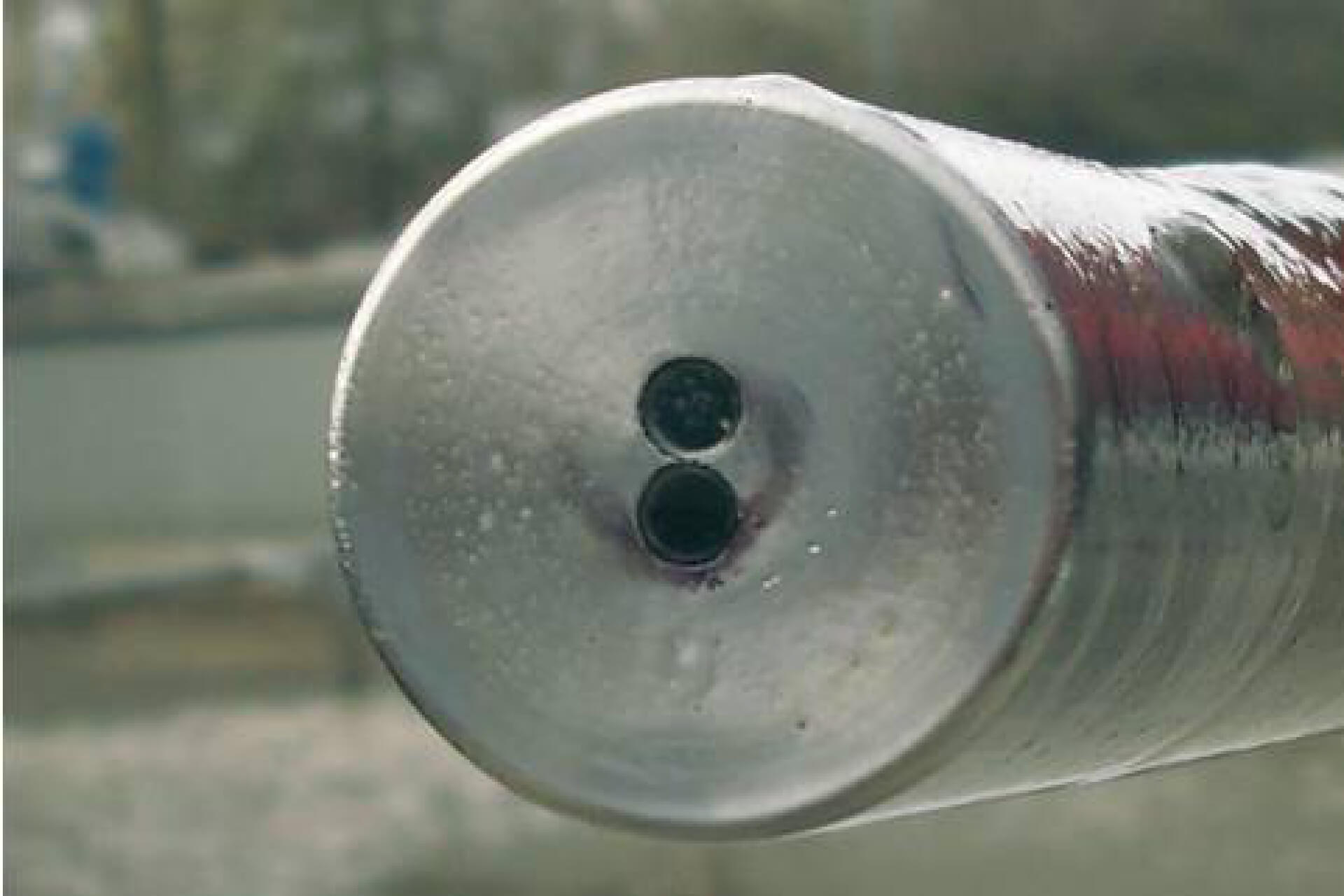
Advantages:
-
Eliminates the need for frequent maintenance, significantly reducing upkeep efforts.
-
Minimizes the risk of damage due to wear and tear of mechanical components.
-
Ensures the sensor’s optical window remains clean, thereby enhancing the accuracy of measurement data.
Test Results at BASF:
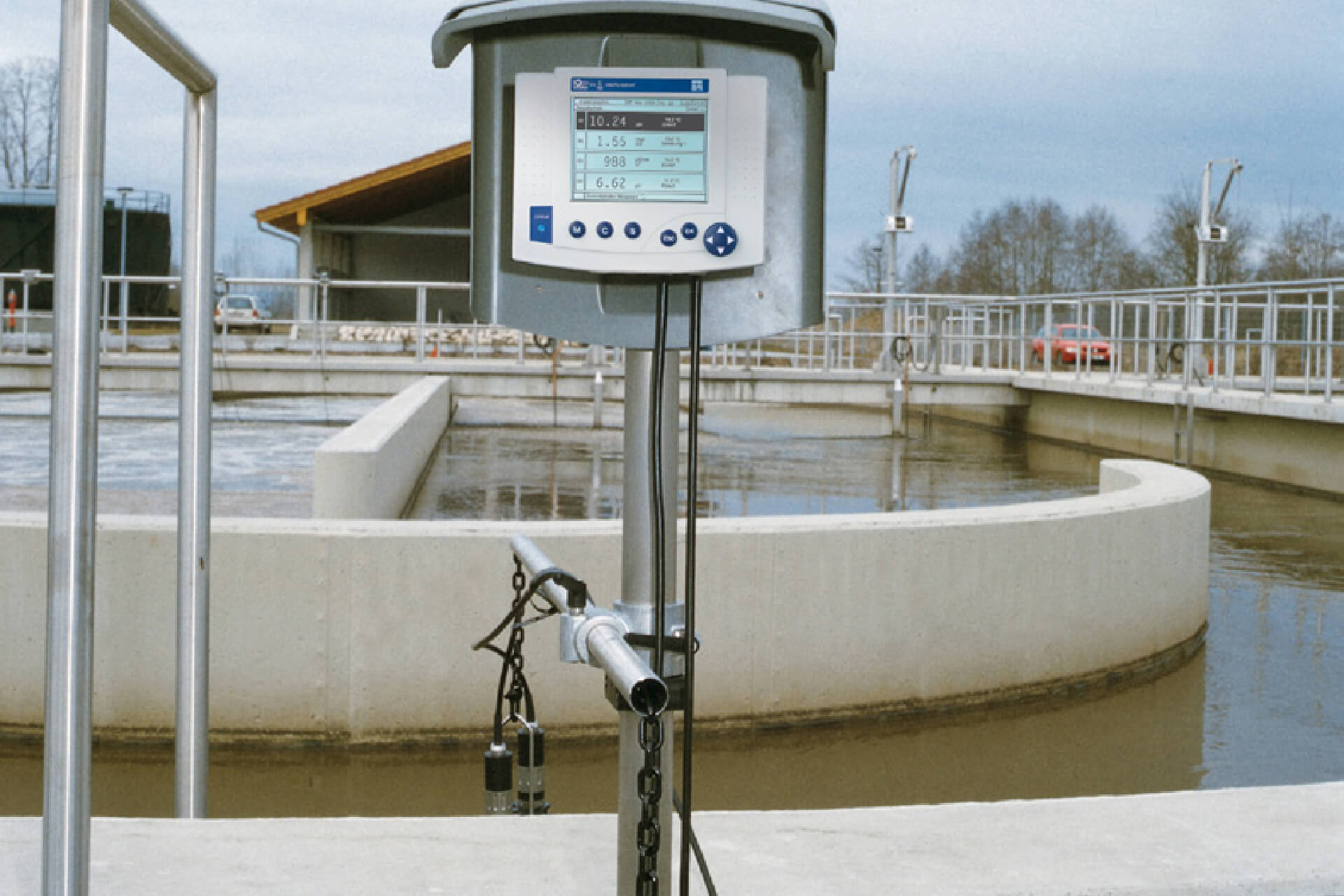
Superior Performance Compared to Mechanical Cleaning Systems:
- VisoTurb® 700 IQ SensorCapable of continuous operation for over 4 weeks without requiring manual cleaning, whereas sensors with mechanical wipers necessitated daily cleaning.
- ViSolid® 700 IQ Sensor: Even more impressive, it maintained stable performance for over 6 weeks with a clean optical window, requiring no maintenance intervention.
Practical Benefits:
- Cost Savings on Maintenance: Significantly reduces the time and labor required for sensor cleaning.
- Reliable Data The sensors deliver accurate measurement results, enabling the plant to control wastewater treatment processes more effectively.
- Extended Equipment Lifespan: The ultrasonic cleaning technology, devoid of mechanical components, minimizes wear and tear, thereby prolonging the service life of the equipment.
